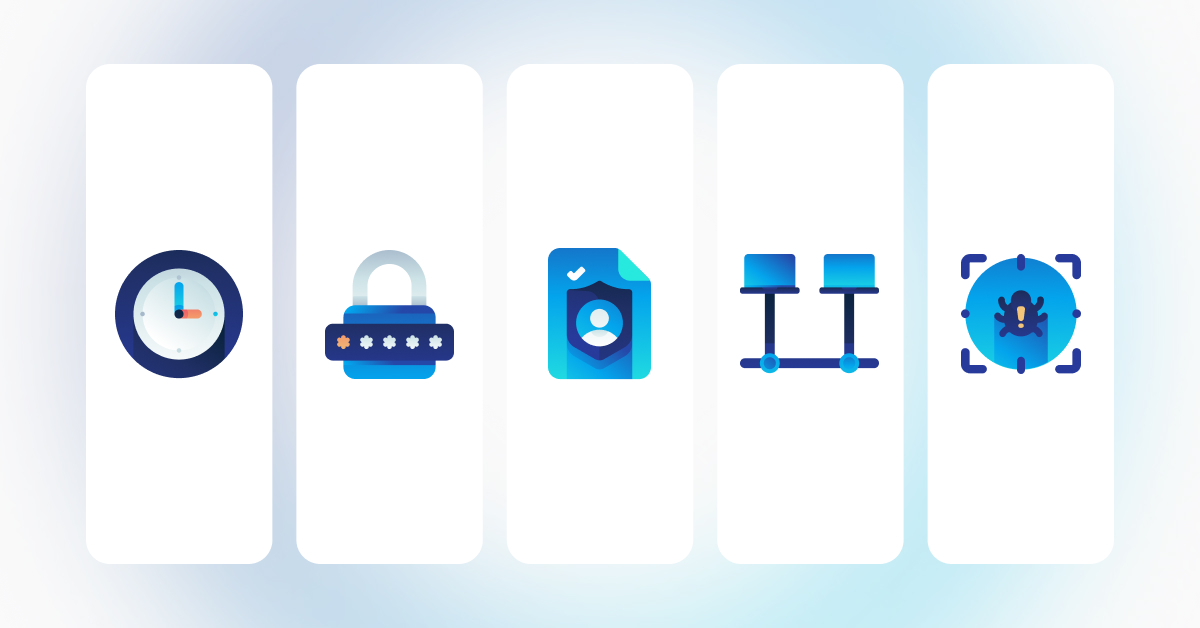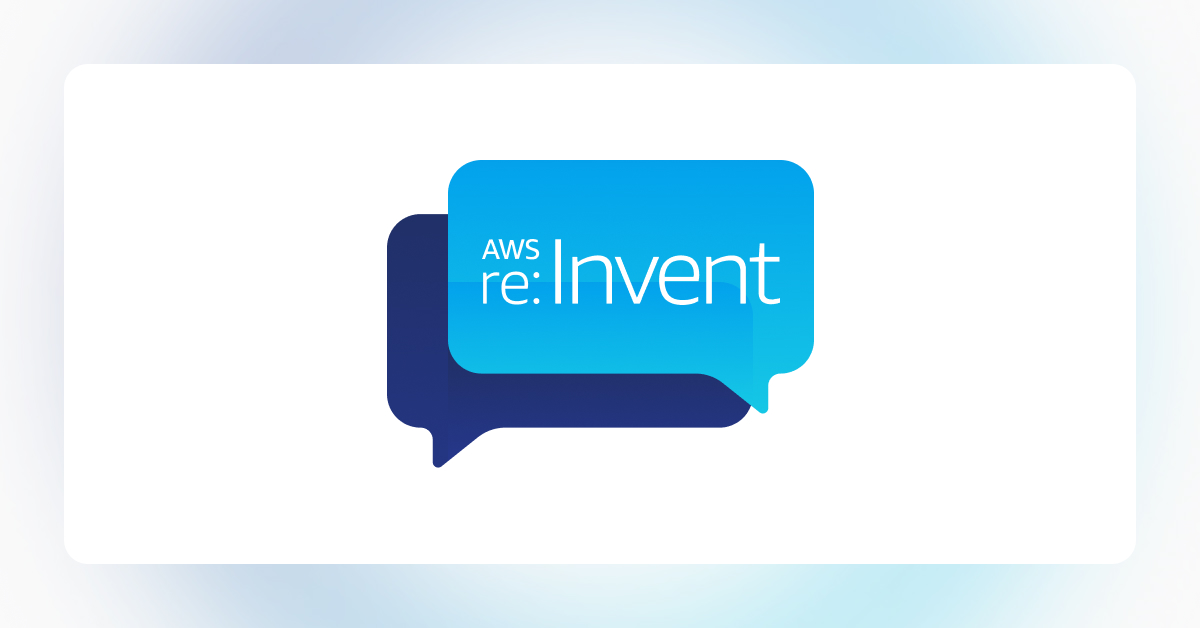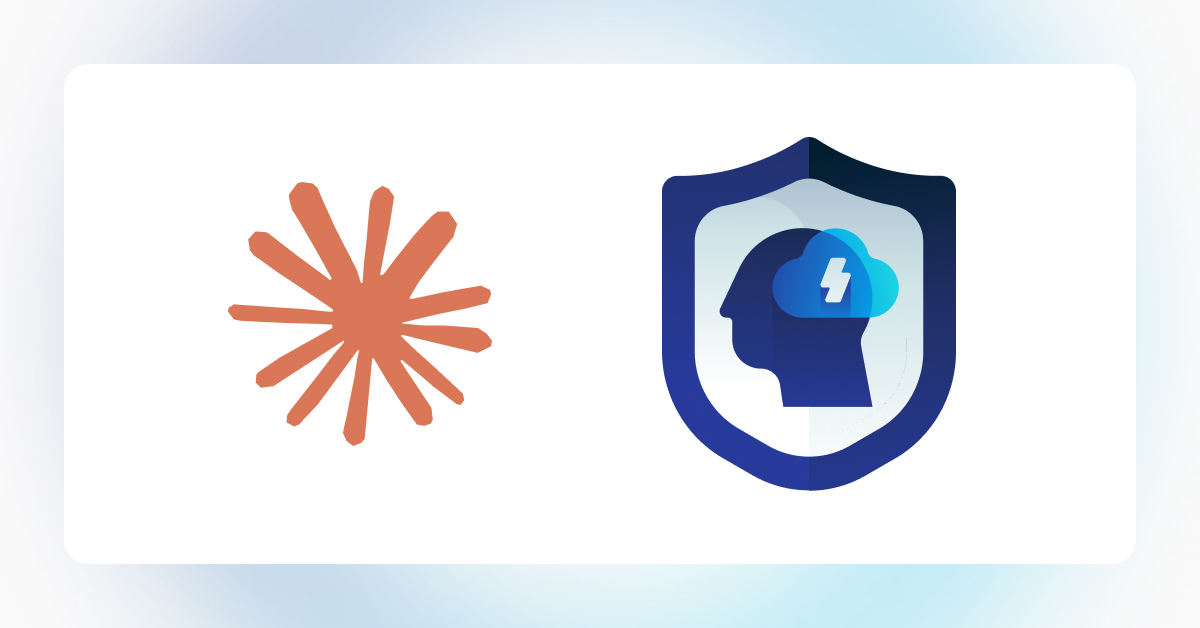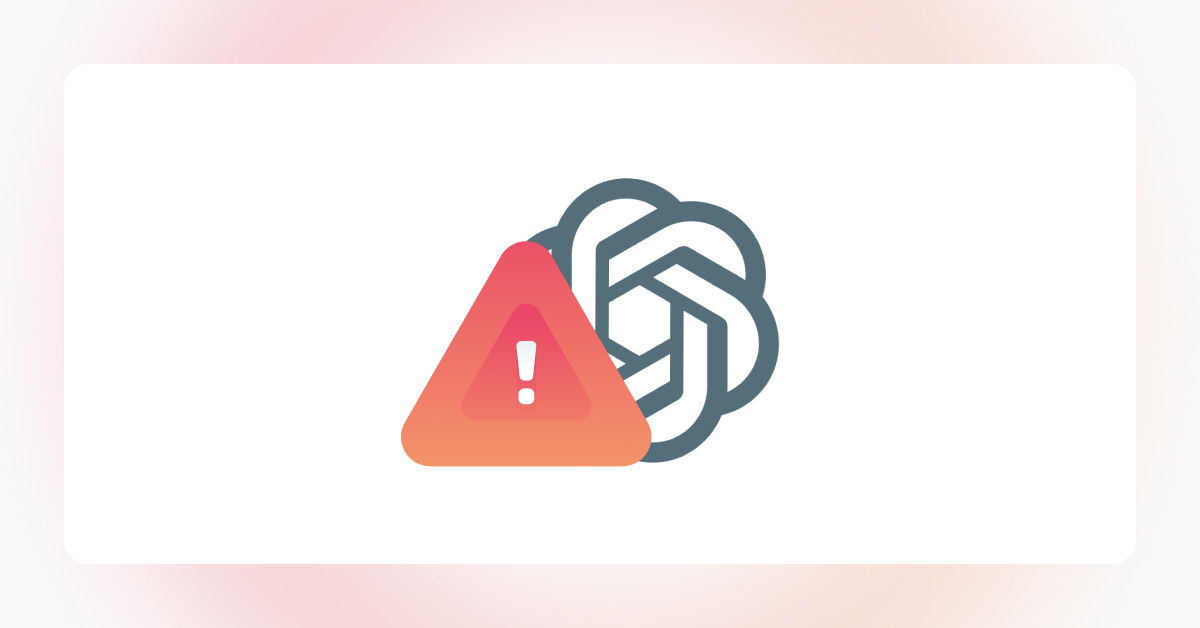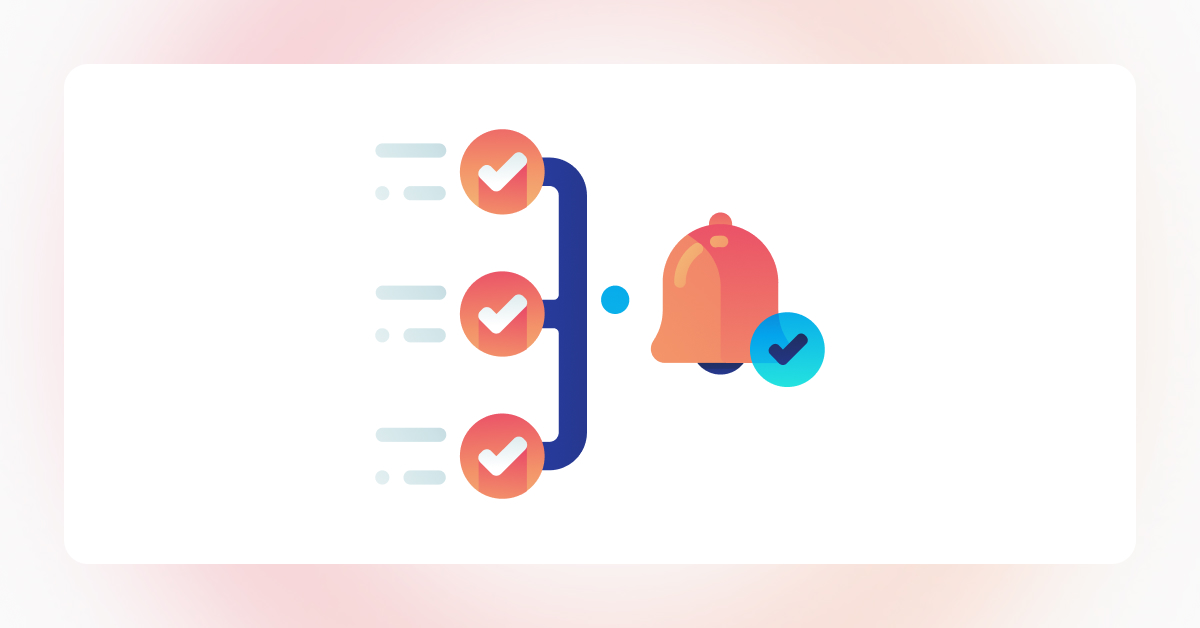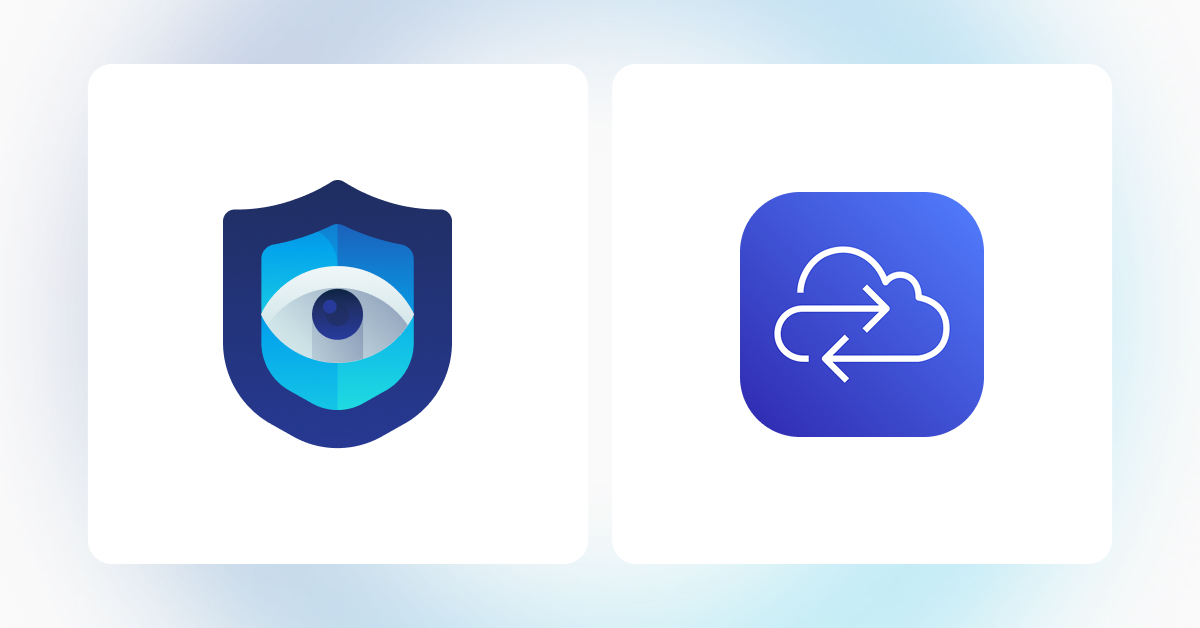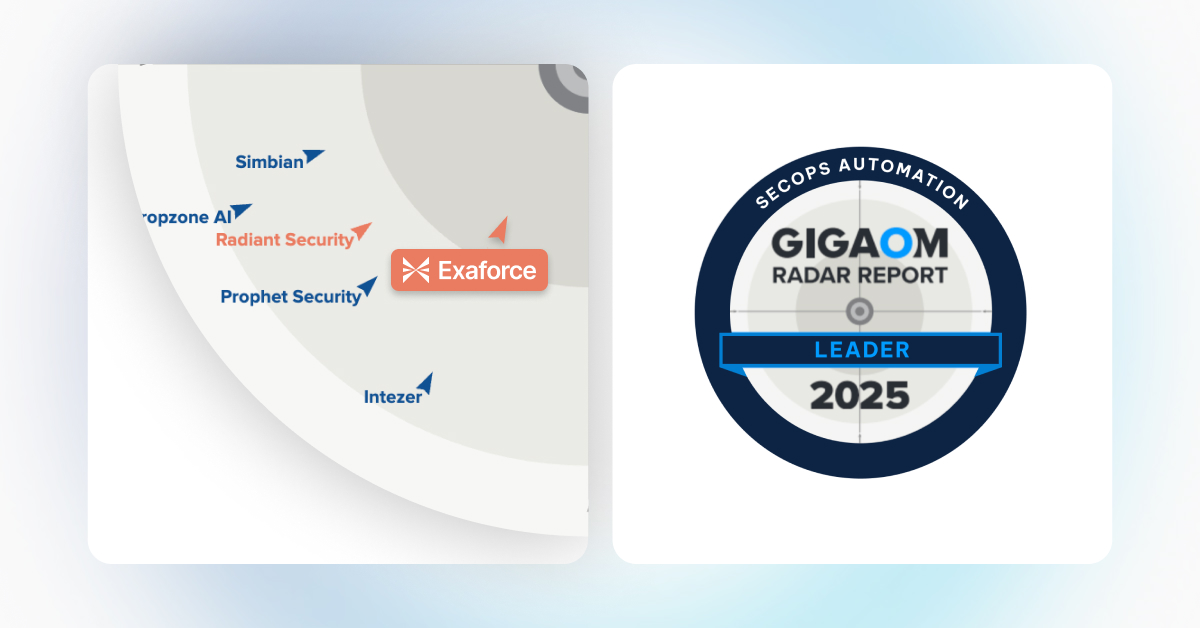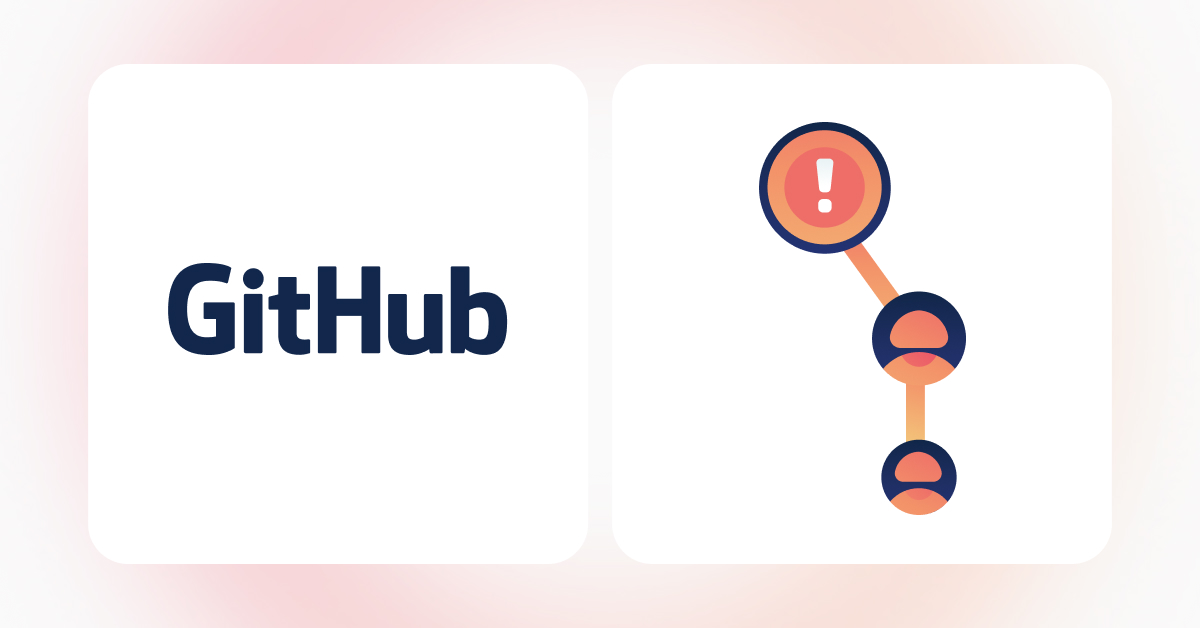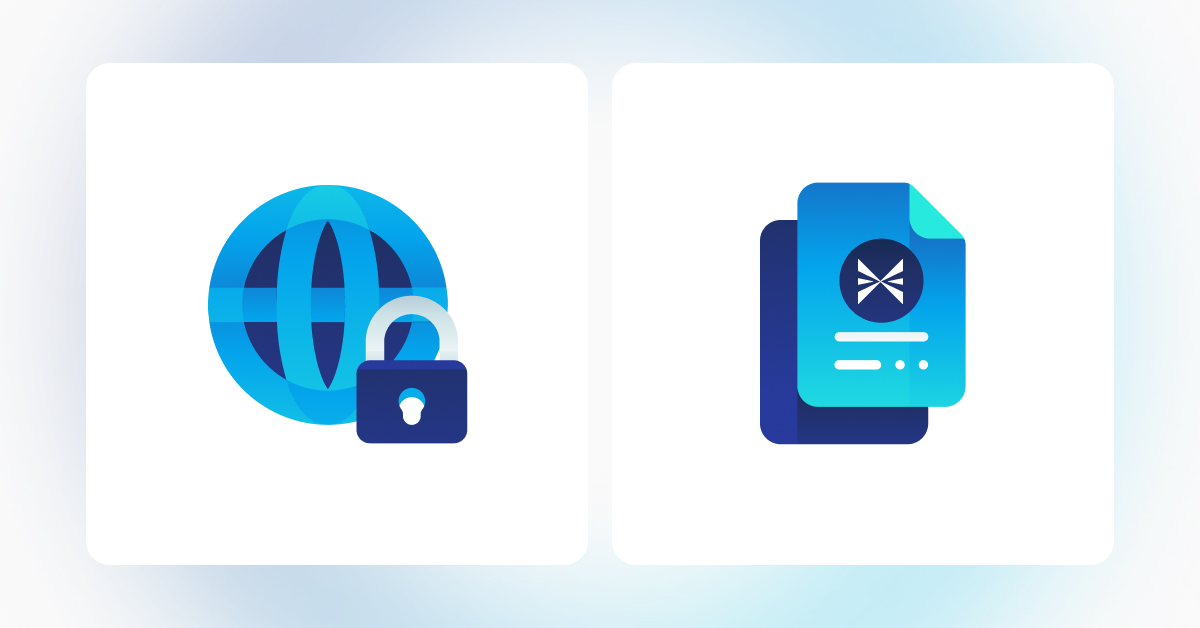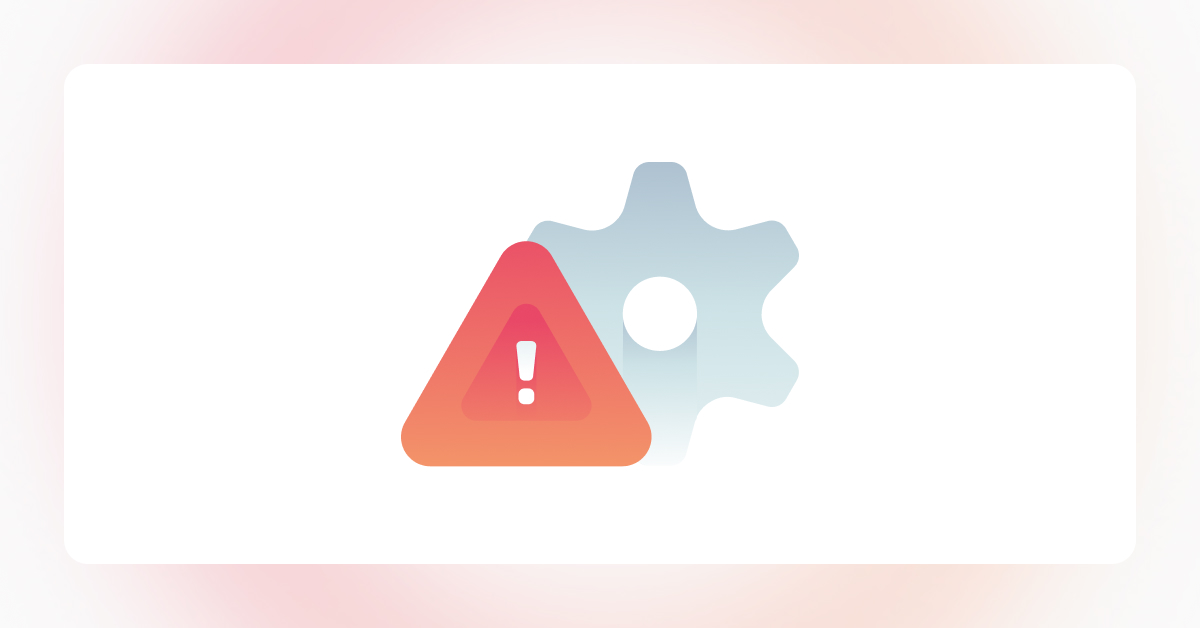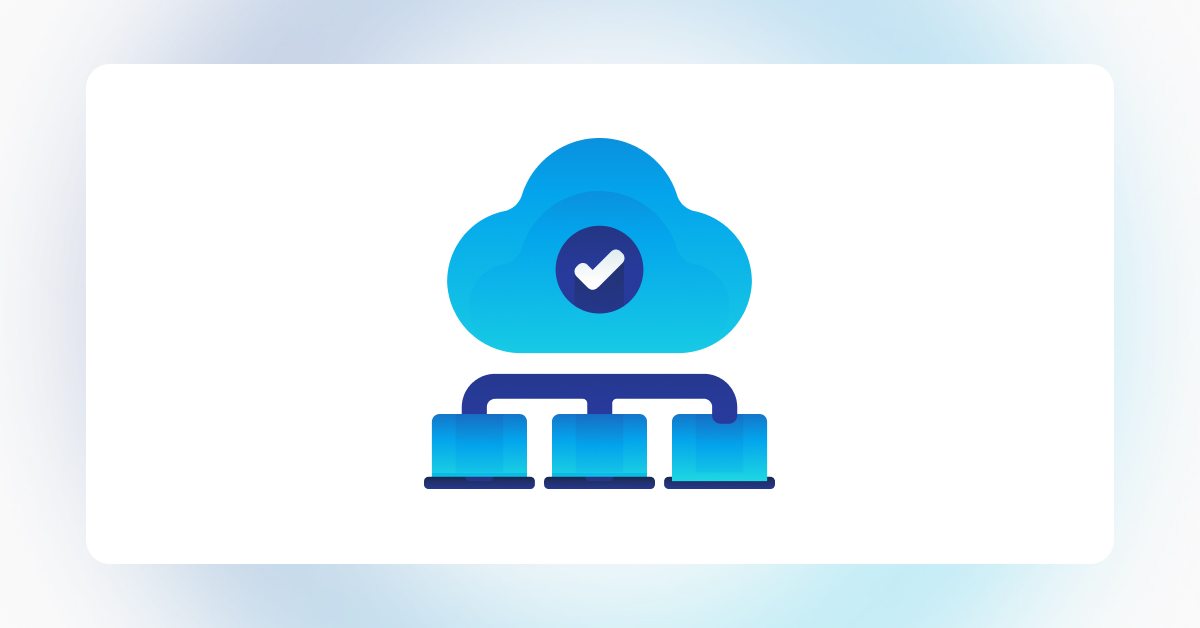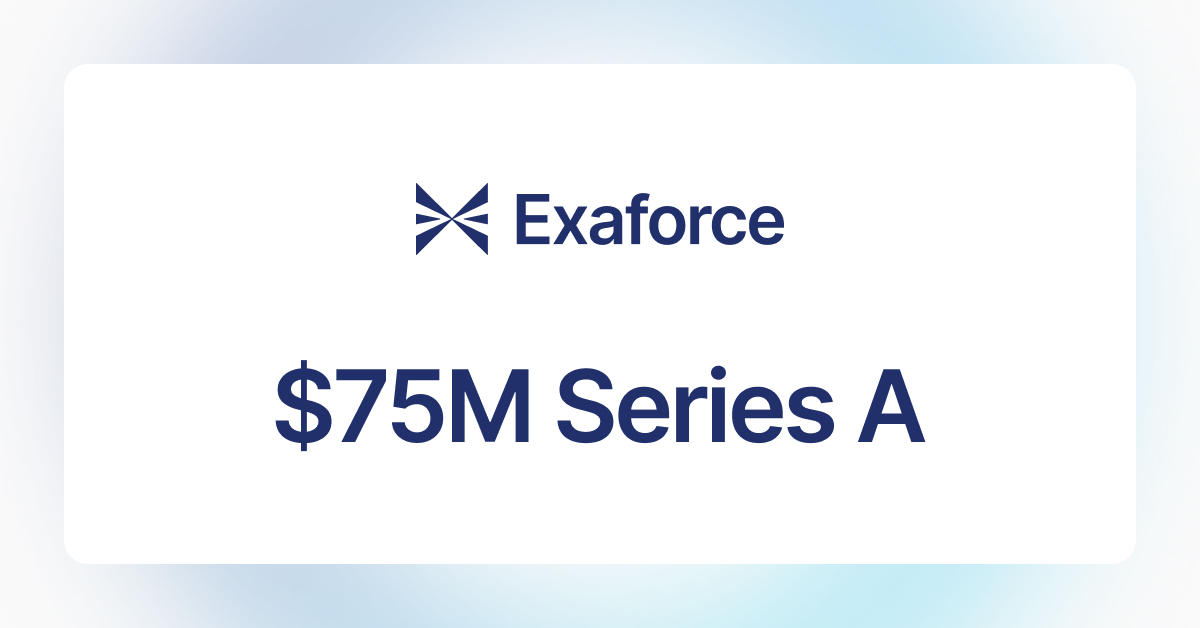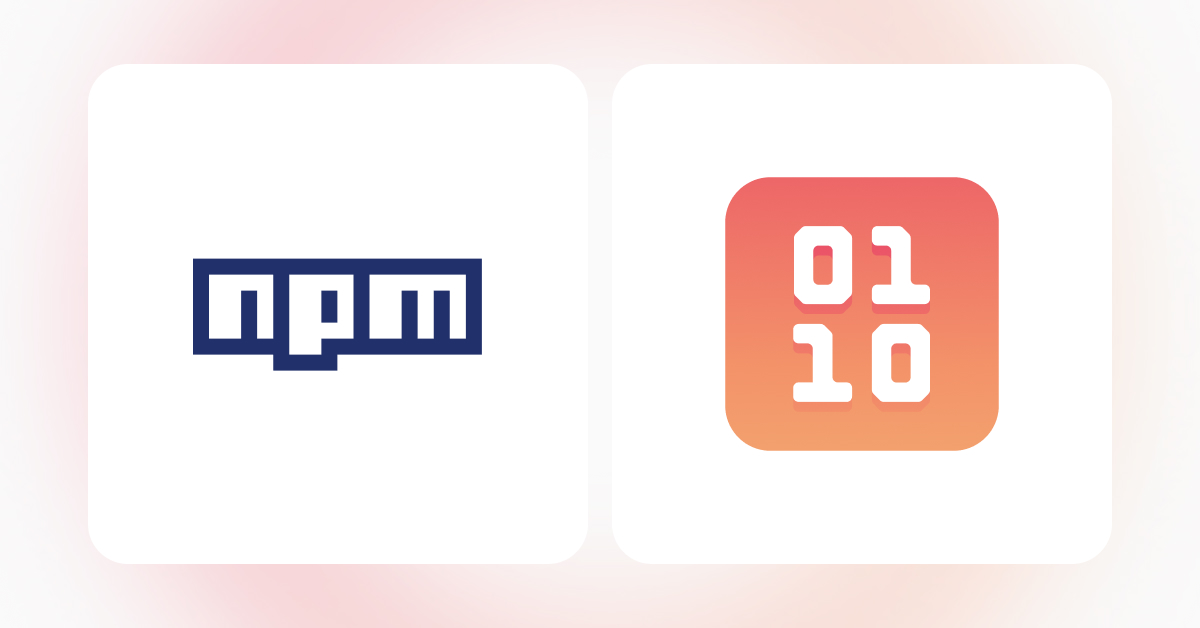Security investigations have been broken for years. The problems are nothing new:
- Alerts without context that leave analysts scouring to gather all the relevant data
- Gaps in cloud knowledge - analysts are forced to triage issues they don't have expertise in
- Slow, cumbersome, investigations that can take hours
- Lack of expertise in system nuances like advanced querying, log parsing, etc.
- Overwhelming alert volumes that cause fatigue and mistakes
Every SOC team has felt the pain. What’s changed is the scale and complexity of the environments we defend—cloud-native architectures, third-party SaaS sprawl, identity complexity, and constantly evolving threats. The tradition of static rules, dashboards, prebuilt playbooks, and SIEM queries simply can’t keep up.
At Exaforce, we’re building a new way forward.
We combine AI bots (called “Exabots”) with advanced data exploration to make security operations faster, smarter, and radically more scalable. Our platform understands your cloud and SaaS environments at a behavioral level—connecting logs, configs, identities, and activities into a unified, contextual graph. From there, our task-specific Exabots take over, autonomously triaging alerts, answering investigation questions, and threat hunting—with accuracy and evidence.
The result? Clear explanations, actionable insights, and fewer hours wasted digging through logs or waiting on other teams.
In the following sections, we review the five main reasons investigations are still broken—and how Exaforce solves those issues for the SOC.
1. Not enough context: “What even is this alert?”
Most alerts land in your SIEM with minimal templated explanations. Why did it fire? What does it mean? What’s the potential impact? Ideally, every alert would come with a detailed description, evidence, and an investigation runbook. In reality, most teams never have the time to write or maintain this. Even anomaly alerts often fall short—showing raw logs instead of a clear comparison to expected behavior. For example AWS GuardDuty alerts show up with generic terms like “unusual” and “differ from the established baseline”. They do not contain detailed information to help analyze or confirm, and understanding what the abnormal behavior was, or what was normal inevitably requires additional data and lookups.
.png)
.png)
The Exaforce Approach:
- Every alert—ours or third-party—comes with an explanation of why it fired. In “easy mode” english for quick understanding, and in “hard mode” with full data details for those who want to go deep.
- Data supporting the conclusion is shown clearly—so you have concrete evidence.
- Alerts are enriched automatically with data from multiple sources—no SOAR playbook required.
- All findings include “next steps” to kickstart the investigation or remediation.
- Similar and duplicate alerts are grouped out-of-the-box to prevent redundant effort.
Whether you’re skimming or scrutinizing, Exaforce gives you the context you need to move with confidence.
2. Lack of cloud knowledge: “We’re a SOC, not cloud ops.”
Most SOC analysts come from network security backgrounds. Now they’re expected to triage cloud alerts involving IAM chains, misconfigured S3 buckets, and GitHub permissions. Meanwhile, the actual cloud or DevOps teams often live in a different org entirely, making collaboration slow and awkward. Eg not sure why user A was able to perform a risky action? Not familiar with how AWS identity chaining works? No problem - we summarize the effective permissions a user has, and if you want the details - show you the full identity chain of how they got them.
.png)
.png)
The Exaforce Approach:
- Exabot acts as your built-in AI cloud expert—explaining alerts in natural language.
- Works across cloud and SaaS sources like AWS, GCP, Okta, GitHub, GoogleWorkspace, and more.
- For deeper dives, the investigate tab provides full technical context—ideal for handing off to DevOps or engineering.
- Our semantic graph view shows how users, roles, and resources connect—so analysts can understand identity behaviors visually, not just textually.
We bridge the cloud knowledge gap— translating cloud complexity into clarity.
3. Time to investigate: Attacks are quick, investigations aren’t.
Investigating a single alert can take hours—jumping between consoles, writing queries, checking with senior analysts, and gathering context from different systems. Now multiply that by the volume of daily alerts, and investigation becomes the biggest bottleneck in your entire response pipeline.
The Exaforce Approach:
- Exabot handles triage in under 5 minutes, using semantic context to reach conclusions with supporting evidence.
- And if you have questions? Just ask Exabot—no Slack messages, no dashboards to build, no delays.
.png)
.png)
We cut investigation time down from hours to minutes—without cutting corners.
4. Lack of expertise: You shouldn’t need to be a SQL ninja.
Investigations traditionally require deep knowledge: what logs to look at, how they’re structured, what’s “normal,” and how to ask the right questions in the right query language. Most junior analysts just don’t have that expertise—and most teams don’t have the documentation to help.
The Exaforce Approach:
- Exabot answers complex questions in plain language—no syntax required.
- Want details? Every alert comes with a bespoke investigation canvas—pre-loaded with all the questions an analyst would ask, and data heavy answers for each one.
- Our semantic data model pre-enriches and structures log data so analysts see what matters, when it matters. You get enriched, joined, cleaned, and contextualized data out of the box.
- We surface behavioral baselines, patterns, and ownership insights that usually live in tribal knowledge.
Even this common AWS GuardDuty alert for unusual behavior requires an analyst to - understand who the root identity is, query for other logs in the same time period, parse those logs for a unique list of resources touched, extend the query to include other users on the same resources to establish a baseline, and build statistical analysis to understand 'normal' behavior for the user, action, location, and resource. But not with Exaforce:
.png)
Now anyone on the team can investigate like a pro—without mastering a query language, managing log parsers, or building custom dashboards.
5. Too many alerts: Welcome to burnout city.
Your team gets thousands of alerts and most of them false positives (85%+). Analysts get desensitized, threat signals get missed, and triage becomes a box-checking exercise instead of a security process. (A great analysis on the alert fatigue problem by security guru Anton Chuvakin: https://medium.com/anton-on-security/antons-alert-fatigue-the-study-0ac0e6f5621c)
The Exaforce Approach:
- Exaforce automatically triages the majority of alerts.
- Duplicate and related alerts are grouped together so they can be handled once.
- Analysts only focus on the high-signal, high-impact findings that actually require human insight.

We cut the noise, so your team can spend less time firefighting and more time securing.
Final Thoughts: Investigations, Reimagined
The problems aren’t new. But the solution is.
With Exaforce, you get a better approach to investigation—powered by intelligent bots, and an advanced data interface that is intuitive, visual, and conversation.


